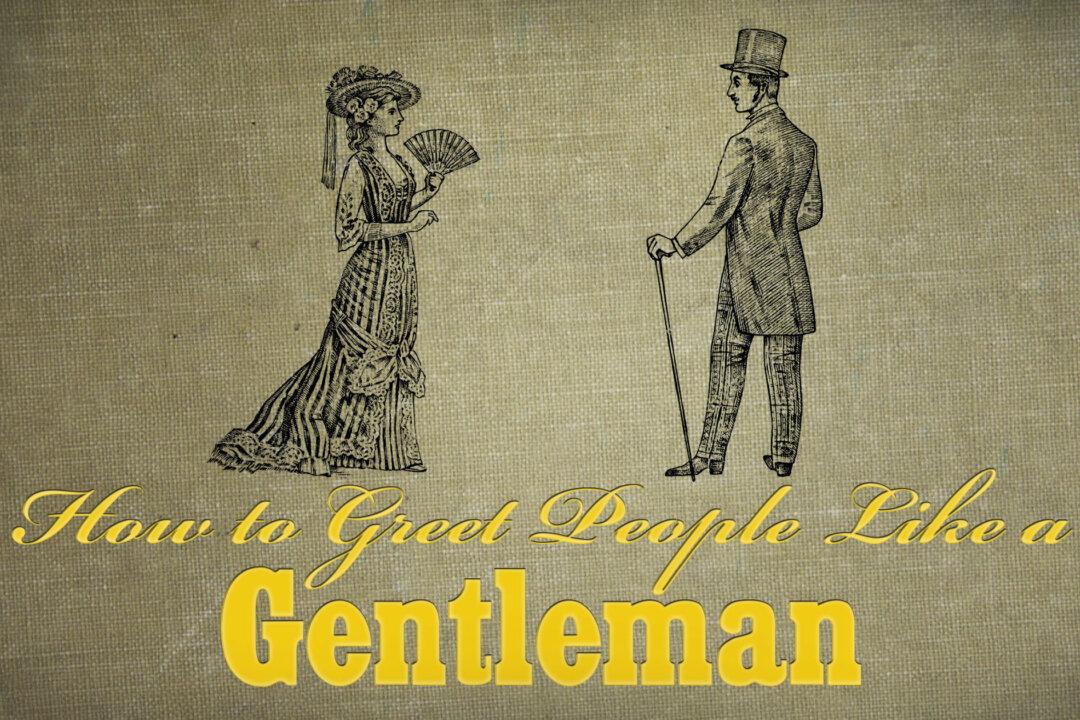CARLYLE says: “What we call ‘formulas’ are not in their origin bad; they are indisputably good. Formula is method, habitude; found wherever man is found. Formulas fashion themselves as paths do, as beaten highways leading toward some sacred, high object, whither many men are bent. Consider it: One man full of heartfelt, earnest impulse finds out a way of doing something—were it uttering his soul’s reverence for the Highest, were it but of fitly saluting his fellow-man. An inventor was needed to do that, a poet; he has articulated the dim, struggling thought that dwelt in his own and many hearts. This is the way of doing that. These are his footsteps, the beginning of a ’path.' And now see the second man travels naturally in the footsteps of his foregoer; it is the easiest method. In the footsteps of his foregoer, yet with his improvements, with changes where such seem good; at all events with enlargements, the path ever widening itself as more travel it, till at last there is a broad highway, whereon the whole world may travel and drive.”
How to Do Greetings Properly, Like a Gentleman—According to an Etiquette Manual From the 1880s

Shutterstock: Arthur Balitskii/val lawless






